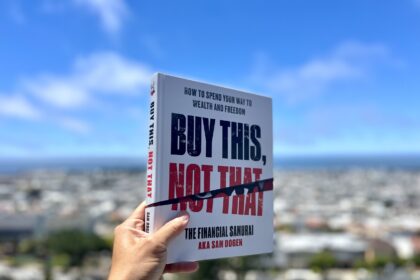One strategy stands out for its precision and effectiveness: location-based advertising. This innovative approach leverages the power of geolocation technology to target consumers based on their physical location, delivering highly relevant and timely messages. From small businesses to global brands, location-based advertising offers a wealth of opportunities to connect with customers in meaningful ways. Let’s delve into the intricacies of this strategy and explore its potential impact on businesses of all sizes.
Understanding Location-Based Advertising
At its core, location-based advertising utilizes GPS, Wi-Fi, or beacon technology to identify the precise location of a mobile device. This allows marketers to deliver targeted ads to users within a specific geographic area, such as a neighborhood, city, or even a particular building. By harnessing location data, advertisers can tailor their messages to resonate with consumers based on their real-time surroundings.
The Benefits for Businesses
Enhanced Targeting:
One of the key advantages of location-based advertising is its ability to target consumers with remarkable precision. By focusing on users in close proximity to a business or relevant location, marketers can maximize the relevance of their ads and increase the likelihood of engagement.
Improved Relevance:
Location-based ads have the advantage of being highly relevant to consumers’ immediate needs and interests. For example, a restaurant can target hungry diners nearby with enticing offers, while a retail store can promote special discounts to shoppers in the vicinity.
Increased Foot Traffic:
For brick-and-mortar businesses, location-based advertising can drive foot traffic to physical locations. By enticing nearby consumers with compelling offers or promotions, businesses can attract more visitors and boost sales.
Better Measurement and Insights:
Location-based advertising provides valuable insights into consumer behavior and preferences. Marketers can track metrics such as store visits, dwell time, and conversion rates, allowing for more informed decision-making and optimization of campaigns.
Strategies for Success
Geo-Fencing:
Geo-fencing involves creating virtual boundaries around specific locations, such as a store or event venue. When users enter these designated areas, they receive targeted ads or notifications, increasing the likelihood of engagement.
Beacon Technology:
Beacons are small, Bluetooth-enabled devices that transmit signals to nearby mobile devices. Retailers, museums, and other businesses can use beacons to deliver personalized messages, offers, or information to visitors based on their proximity.
Contextual Targeting:
Understanding the context of consumers’ locations is crucial for delivering relevant ads. Marketers can leverage contextual targeting to tailor messages based on factors such as time of day, weather conditions, or nearby points of interest.
Optimized Creatives:
To maximize the effectiveness of location-based ads, it’s essential to create compelling and visually appealing creatives. Clear calls-to-action, vibrant imagery, and concise messaging can help capture users’ attention and drive action.
The Future of Location-Based Advertising
As technology continues to advance, the possibilities for location-based advertising are limitless. Innovations such as augmented reality (AR) and location intelligence are poised to revolutionize the way brands engage with consumers in the physical world. By staying ahead of the curve and embracing emerging trends, marketers can unlock new opportunities for growth and success.
Conclusion
Location-based advertising represents a powerful tool for businesses looking to connect with consumers in meaningful ways. By leveraging the precision of geolocation technology, marketers can deliver highly targeted and relevant messages to users based on their real-time location. From increasing foot traffic to driving sales, the benefits of location-based advertising are clear. By adopting strategic approaches and embracing innovation, businesses can harness the full potential of this dynamic marketing strategy.








